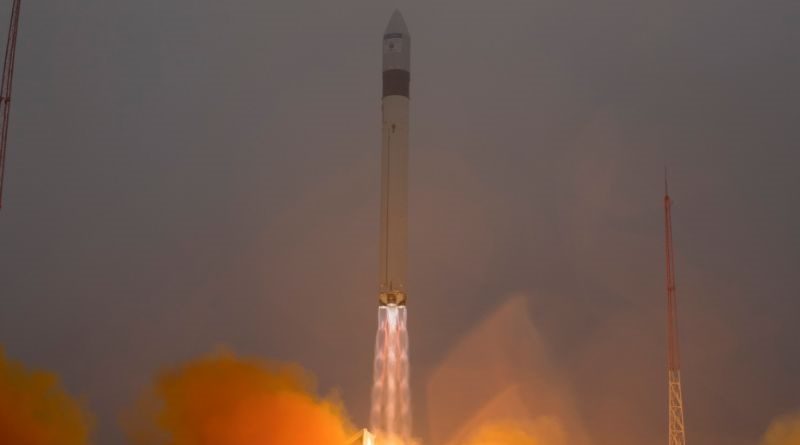Sentinel-5P Atmospheric Monitoring Satellite Rides into Orbit atop Converted Ballistic Missile
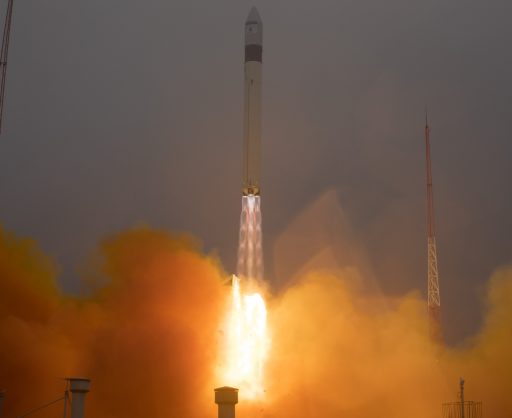
A Russian ICBM-turned-space-launch-vehicle lifted off from a remote Cosmodrome north of Moscow on Friday, boosting into orbit a satellite joining the world’s largest environmental monitoring constellation. Joining five Sentinel satellites already in orbit, the Sentinel-5P mission will serve as an important gapfiller, ensuring a long-term record of atmospheric monitoring remains uninterrupted as older satellites retire and new, operational missions under Sentinel are still in development.
The three-stage Rockot/Briz-KM launch vehicle blasted off from Site 133/3 at the Plesetsk Cosmodrome at precisely 9:27:44 UTC on Friday to deliver the 820-Kilogram satellite to its precise drop-off point over 800 Kilometers above the planet. Rockot’s two converted ballistic missile stages fired for just over five minutes before the Briz-KM upper stage took over for a pair of engine burns to lift Sentinel-5P into a Sun Synchronous Orbit. Loaded springs pushed the satellite off into orbit 79 minutes after liftoff and first signals received from the spacecraft indicated it was healthy, the European Space Agency said.
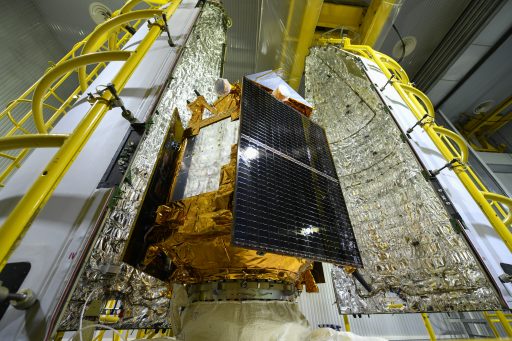
Europe’s Copernicus program is a multi-billion-Euro effort to create a satellite constellation and ground architecture capable of collecting a comprehensive set of Earth observation parameters and turning them into relevant, usable data for scientists and policy-makers. For that, the program operates a variety of instruments including high-resolution multi-spectral cameras, radars and specialized sensors, providing a complete picture of Earth’s land surface, ocean states and atmospheric parameters.
The Copernicus Program’s global surveys are used by policy-makers, maritime operators, scientists, meteorologists and resource managers. Taking the pulse of an ever-changing planet, the Copernicus satellite constellation is expected to finish deployment by 2020. Copernicus is operated by the European Commission, ESA and EUMETSAT and represents Europe’s single most expensive space project with a cost of $10 billion through deployment of the fully operational constellation.
>>Sentinel-5P Launch Campaign Photo Gallery
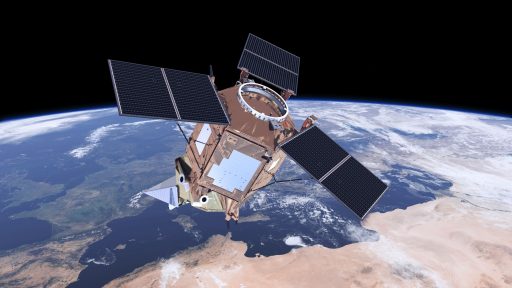
The Sentinel satellite fleet began deployment in April 2014 when the Sentinel-1A Synthetic Aperture Radar Satellite took flight from French Guiana, setting out to deliver day-and-night radar imaging for land and ocean services, operating in two-satellite constellation with Sentinel-1B launched in 2016 to obtain a high revisit rate.
Outfitted with high-resolution optical imagers, the Sentinel-2 pair launched in June 2015 and March 2017 delivers information on land surface parameters, vegetation, soil and water cover, inland water bodies and coastal areas. The Sentinel-3 series, the first of which launched in January 2016, hosts four specialized sensors taking land and ocean temperature measurements and delivering topographical data.
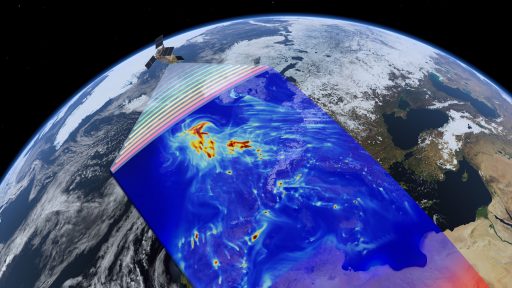
Sentinel-4 and 5 are upcoming hosted payloads flying on the next-generation weather satellites operated by EUMETSAT with Sentinel-4 aiming for Geostationary Orbit and Sentinel-5 deployed on the MetOp Second Generation satellites, both dedicated to monitoring Earth’s atmosphere. Since they are still several years from launch, the European Commission decided in 2008 it would be advantageous to deploy a gapfiller in order to ensure a continued atmospheric monitoring capability after the end of ESA’s Envisat mission in 2012 and the approaching end of mission for NASA’s Aura satellite launched in 2004.
Sentinel-5P, formally the Sentinel-5 Precursor, is designed to fill this gap via seven years of operation for the collection of global atmospheric composition at high resolution and with daily coverage of the entire planet. The satellite was built by Airbus Defence and Space in the UK and hosts the Dutch TROPOMI instrument, the Tropospheric Monitoring Instrument – an array of four imaging spectrometers with wide angle optics to capture spectral data in the ultraviolet, visible and infrared wavelengths across a 2,600-Kilometer ground swath at a spatial resolution of seven Kilometers.
>>Sentinel-5P Satellite & Instrument Overview

Defence and Space
The 220-Kilogram TROPOMI makes use of Differential Optical Absorption Spectrometry, measuring the backscattered solar light from Earth’s atmosphere to detect the characteristic absorption lines of atmospheric constituents down to trace amounts. Its high spatial resolution will enable Sentinel-5P to study methane and CO2 hot spots of natural and man-made origin and also examine sinks for greenhouse gases, among a range of other atmospheric constituents. In total, the operational data products delivered by the mission will provide concentration maps for 19 chemical species, clouds and suspended aerosols.
Friday’s launch marked the beginning of the end for Russia’s venerable Rockot Booster that debuted as a space launch vehicle in 1990 and has since launched 31 times on missions for the Russian Ministry of Defence and international customers. Rockot employs surplus missile stages from the UR-100N Intercontinental Ballistic Missile that are topped by a Briz-KM upper stage to allow the vehicle to inject up to two metric tons into Low Earth Orbit.
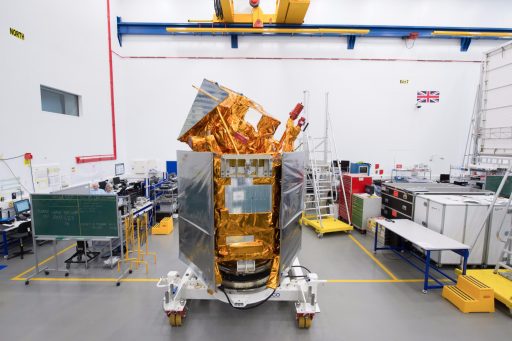
Like a number of launch vehicles originating from the former Eastern Bloc, Rockot has recently fallen victim to the conflict between Russia and the Ukraine over the annexation of Crimea, a fate shared with the Zenit and Dnepr programs as Ukrainian-built launch vehicle components were no longer being exported to Russia. In case of Rockot, critical flight control equipment was only delivered after European officials got involved to negotiate the delivery of the hardware for the Sentinel-5P mission which ended up slipping repeatedly due to these import problems as well as other technical issues with the Rockot booster.
The launch of Sentinel-5P probably was Rockot’s penultimate flight with the launch of ESA’s Sentinel-3B in 2018 most likely putting a close to Rockot’s career as the vehicle makes room for newer rockets like the Soyuz 2-1v and Angara 1.2.
>>Rockot Launch Vehicle Overview
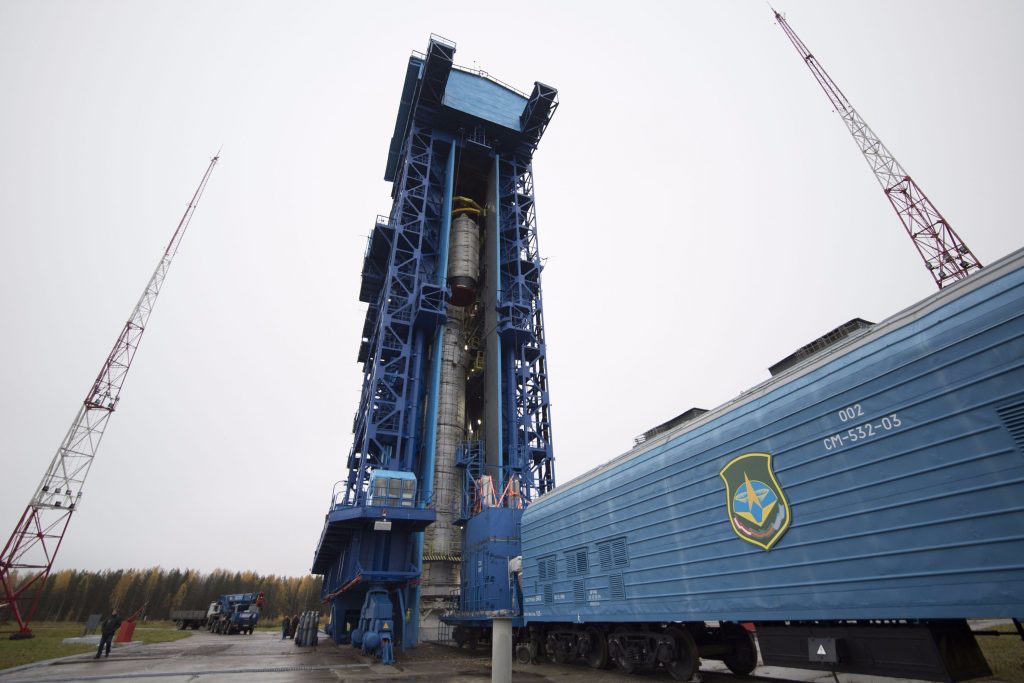
After a long road to launch, Sentinel-5P finally took its place atop Rockot last Saturday and Russian technicians filled the two stages of the launcher with nearly 85 metric tons of toxic hydrazine and nitrogen tetroxide propellants on Wednesday. Countdown operations were initiated seven hours ahead of T-0 when teams at the European Space Operations Center began calling up the ground stations involved in the mission while the spacecraft team in Plesetsk started a number of checkouts and reconfigurations to put Sentinel-5P into its launch configuration.
The Russian State Commission provided final clearance for launch and Rockot went through final Guidance, Navigation and Control checks inside T-3 hours with Site 133/3 cleared for liftoff one hour before launch. The 29-meter tall Rockot – still partially hidden in its above-ground launch container – was revealed just ten minutes before launch when its Mobile Service Tower retracted for liftoff.

Rockot entered the irreversible steps of its final countdown sequence at T-3 minutes with the pressurization of tanks, opening of fuel valves, the transfer to internal power and the activation of the Guidance Platform. Clocks hit zero at 9:27:30 UTC when final guidance system initialization started.
Rockot ignited its four first stage engines and lifted off at precisely 9:27:44.025 UTC, rising from its launch tube, initially guided by rails. Thundering off, the 107-metric ton Rockot completed a short vertical ascent before starting to pitch and roll to align itself with the planned ascent path to the north west, immediately disappearing into low-hanging clouds over Russia’s primary military launch base.
Ascending with a total thrust of 191 metric-ton-force, Rockot burned some 600 Kilograms of propellant per second as it powered away from Earth with three RD-0233 engines and one RD-0234, quickly moving past the speed of sound. The launch vehicle encountered Maximum Dynamic Pressure 50 seconds after lifting off, passing 11 Kilometers in altitude and traveling at 570 meters per second.
At T+2 minutes and 16 seconds, the four-chamber RD-0236 vernier engine of the second stage was ignited and soared up to full thrust of 1,600 Kilogram-force as its exhaust was directed through four hatches on the first stage. Shutdown of the first stage came at T+2:19 and was followed split-seconds later by the separation, assisted by four retrorockets that pushed the first stage away to clear the way for the second stage to ignite its main engine.
With the first stage headed to a crash landing in the Barents Sea, Stage 2 fired up its RD-0235 main engine, outputting a thrust of 24,500 Kilogram-force for a burn of just under three minutes to lift the vehicle out of the atmosphere. The four gimbaling nozzles of the vernier engine delivered vehicle control during second stage flight.
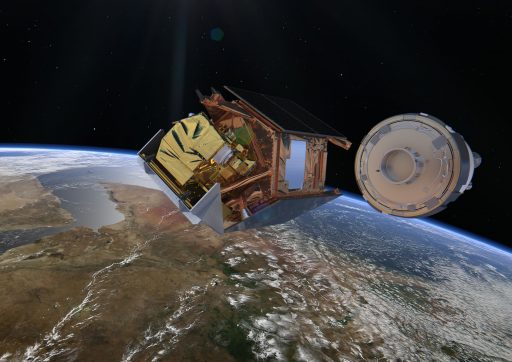
When the stack reached an altitude of 120 Kilometers, it was safe to jettison the protective payload fairing and expose the Sentinel-5P satellite as aerodynamic forces could no longer harm the delicate payload.
Rockot’s job was done at T+5 minutes and 19 seconds when it shut down its second stage and separated the Briz-KM upper stage to finish the orbital injection. Briz-KM initially ignited its four 392-Newton vernier engines for propellant settling prior to firing up its S5.98 main engine on a burn of nine minutes to lift the satellite into a Parking Orbit.
Overall, Briz-KM is 2.6 meters long and launches with a propellant load of nearly 5 metric tons, also using Unsymmetrical Dimethylhydrazine and Nitrogen Tetroxide like the first two stages of Rockot. The 2,000 Kilogram-force S5.98 engine was still firing when the launcher headed out of communications range, aiming for an orbit of 183 by 799 Kilometers.
Achieving orbit, Briz-KM was programmed to passively coast to the high-point of its parking orbit and then fire its S5.98 engine for under one minute to circularize the orbit and deliver Sentinel-5P close to its operational Sun Synchronous Orbit 824 Kilometers in altitude, inclined 97.74 degrees.
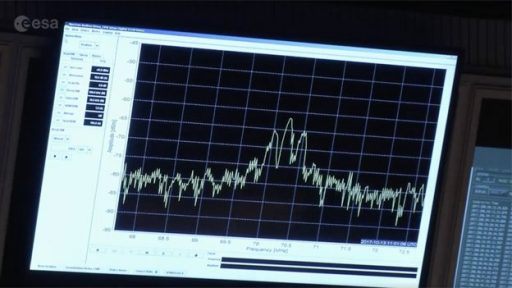
Separation of the satellite at 10:46 UTC set in motion a pre-programmed series of steps aboard the vehicle to deploy its three solar arrays, reduce body rates and power up its transmitter. Initial signals from Sentinel-5P were received through the Kiruna Ground Station in Sweden, confirming the satellite was healthy and in its planned orbit.
Over the next three days, the satellite will go through its Launch & Early Operations Phase to finish detailed checkouts and transition into a safe configuration for its commissioning phase – taking several months as lengthy decontamination is required by the highly sensitive satellite prior to taking its first look at Earth’s atmosphere.
The next launch for the Copernicus Program will be Sentinel-3B to complete the two-satellite Sentinel-3 constellation.

